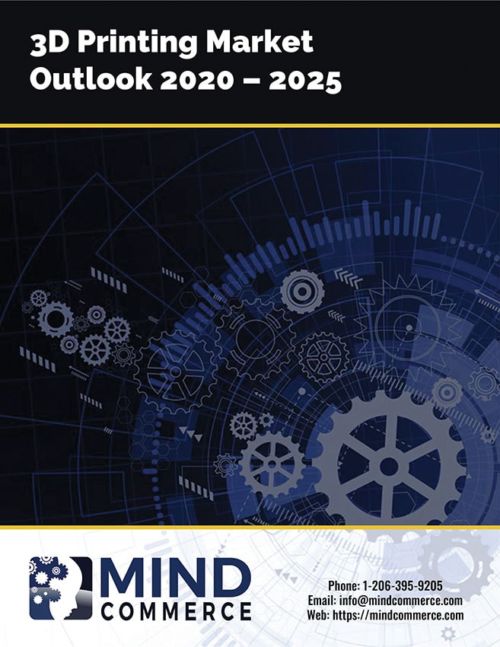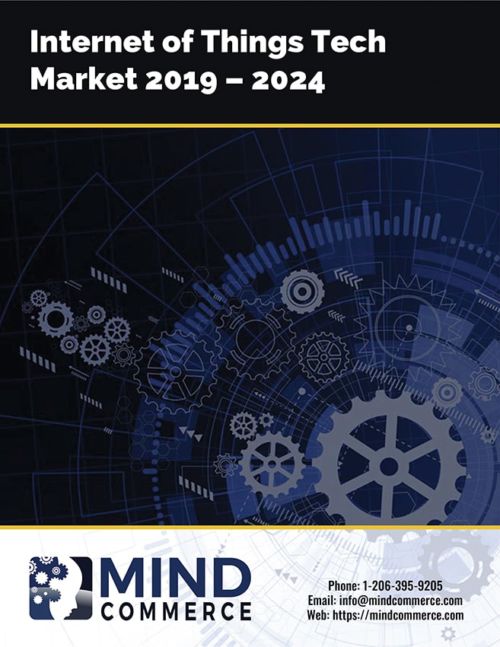Description
Large enterprise organizations have historically utilized relatively expensive technologies and solutions for tracking valuable assets. Monitoring involves general location, logistics, and tactical operations such as coordination of machines and equipment location relative to physical infrastructure. Technology advancements are making asset tracking increasingly more cost efficient and effective for smaller operations. Accordingly, the asset tracking market is becoming more economically feasible to many smaller enterprise customers, including those that have historically not maintained expansive physical infrastructure and/or expensive equipment.
Asset Tracking Market Dynamics
Asset Tracking Market Technologies
The asset tracking ecosystem is rapidly transforming from the early days of fixed asset monitoring and functional assessment via rudimentary Machine-to-Machine (M2M) technologies. A new environment is developing in which assets may be portable or highly mobile with varying asset sizes, uses cases, and industries.
Over the course of the next five years, the global connected device market will support many IoT applications that will become increasingly interconnected. Some of these applications will be enhanced through communication with a so-called “smart device”, characterized as possessing intelligence, which can be embedded/stand-alone and/or provided remotely via cloud services.
Asset Tracking Market Expansion
There is a growing awareness among CXOs and executives regarding the merits of asset tracking, and correspondingly, a marked reduction in friction towards connecting enterprise assets. This is particularly the case for high-value and/or strategic enterprise and industrial assets. Mind Commerce sees robust growth for early entrants and fast followers. However, mainstream adoption is restrained largely by implementation decisions involving form factor, asset priorities, and life-cycle support.
While costs to implement and operate continue to plummet (due to lower module and electronics, connectivity, and communications services), concerns remain in the areas of both physical and logical security. There is also a hindrance towards an in-house implementation decision. Accordingly, most enterprise and industrial clients look towards a turn-key approach and/or involvement of a systems integrator for initial set-up and commercial M2M/IoT service providers for ongoing support. Tracking enterprise and industrial assets depends upon connected devices, which represents an IoT sub-market that is rapidly evolving as the number, type, and purpose of devices is set to expand dramatically as asset tracking expands beyond the current state of limited applications, many of which remain silo in nature.
Mind Commerce sees high growth in the following Asset Tracking Solution areas: Asset Condition Monitoring Software, Asset Tracking Software, Blockchain Based Storage and Authentication Software, Communication (Asset to Asset/M2M) Software, Cost and Audit Management Software, Data Storage and Analytics Software, Edge Based Data Processing Software, Enterprise Asset Management Software, Fixed Asset Inventory Management Software, and Procurement Management Software.
Asset Tracking Market Report
This report evaluates asset tracking technologies, solutions, and ecosystem including major players. The report assesses the impacts of various use case specific considerations in terms of asset technology and solution selection. The report also analyzes the market outlook for asset tracking globally, regionally, and by major country from 2020 through 2025.
See more recent Asset Tracking Market research from Mind Commerce





